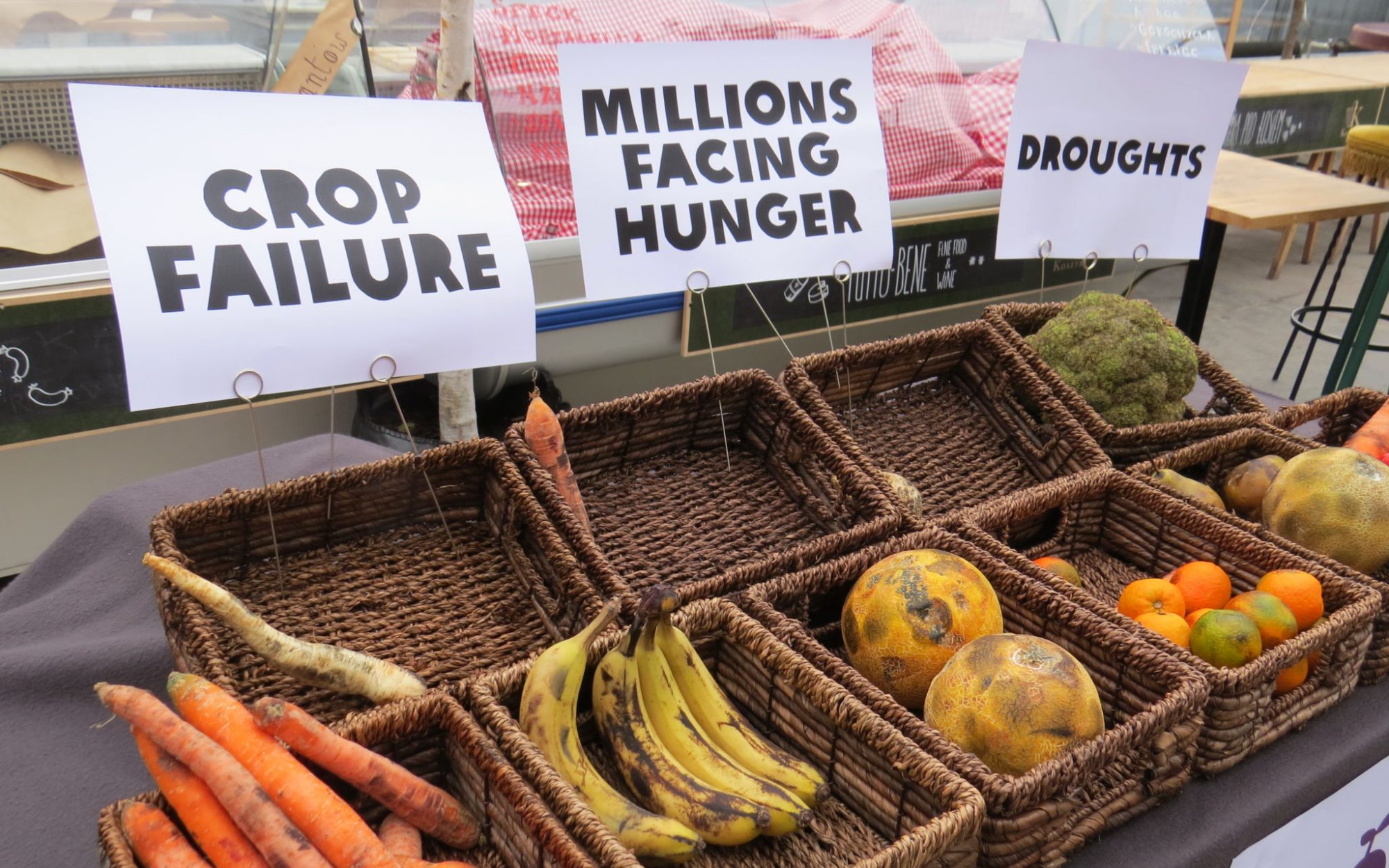This week Lacuna returns to the theme of environmental justice. We highlight the struggles of some of the people suffering the worst effects of environmental problems, and provide food for thought about changes needed within the United Nations, the academic community, and the environmental justice movement itself.
Migration is increasingly driven by environmental issues, and climate change is set to create mass migration in the decades to come. For millions of people this is already a reality, forced to flee their homes, leaving behind their communities and their identities. Presenting a short video by the Environmental Justice Foundation, Steve Trent discusses why now is the time to respond, to consolidate and mobilise urgent action at national, regional and global level.
In an uneven landscape of environmental benefits and hazards, there are also winners as well as losers. Hazardous waste; dirty extractive industries; and the majority of the world’s top toxic threats are all concentrated in poor, marginalized places, primarily in the Global South. The rest of the world benefits from the fact that environmental injustices are displaced elsewhere. Alice Mah, coordinator of the Toxic Expertise project at Warwick University, talks of the challenges of making sites and histories of environment injustices visible, and their complexity understood.
And in an exclusive feature for Lacuna magazine, Poppy Noor tackles one of the most visible limitations of the environmentalist movement: its predominantly white, middle class characteristics, which clash with the fact that poorer and non-white communities across the globe have the most to worry about when it comes to climate change. By talking with the communities and civil society groups of Tower Hamlets in London, one of the UK’s poorest and most ethnically diverse areas, in which over 8% of residents are being killed by air pollution, she tries to find out why the environmentalist movement looks so white. The borough has a huge Bangladeshi population, many of whom are in touch with friends and relatives in Bangladesh, the sixth most affected country by climate change between 1995 and 2015. Is climate justice a cause that feels inaccessible to a large part of the public? Without the voices of those with the most intimate knowledge of climate change, what will that mean for addressing the problem on behalf of those most impacted?
